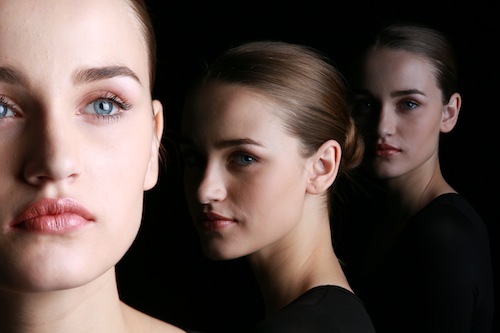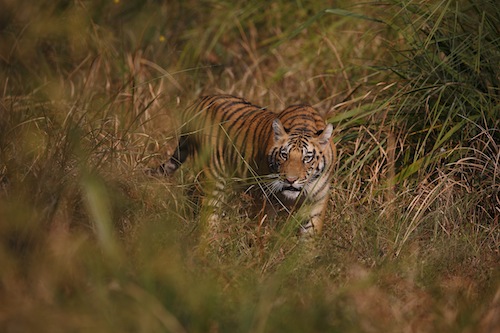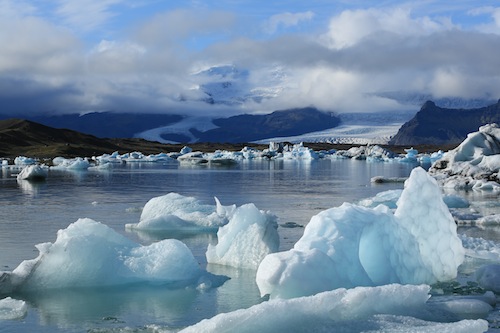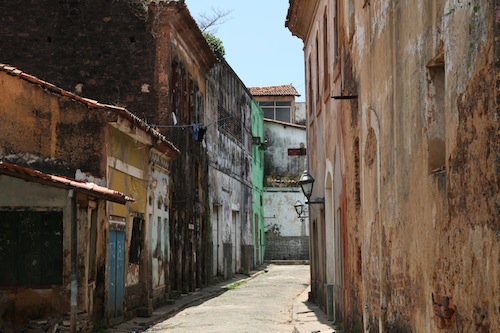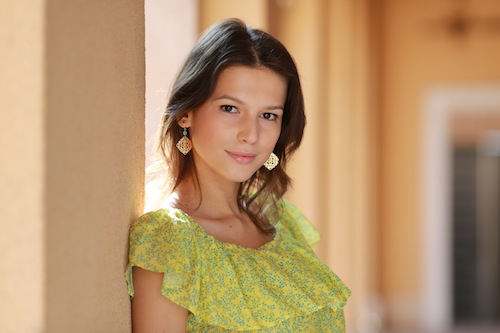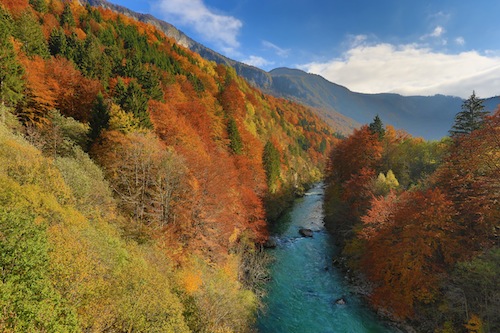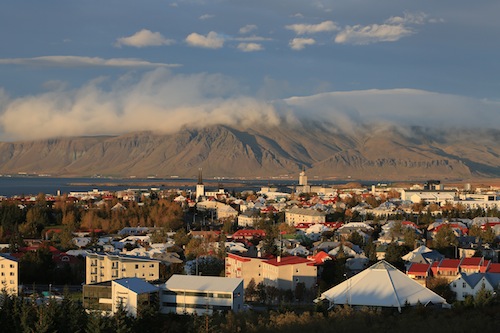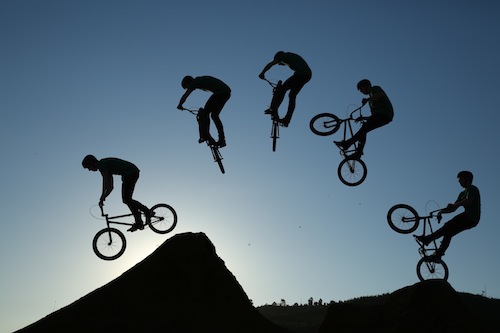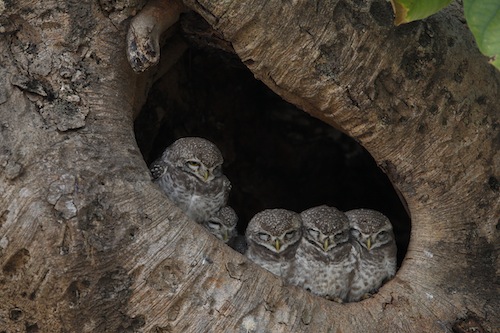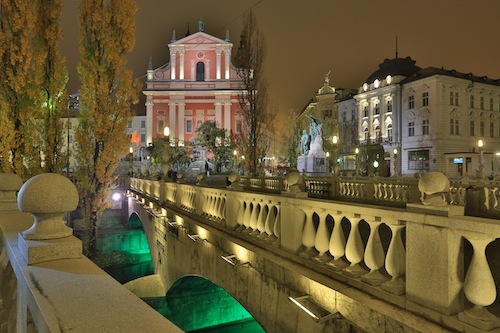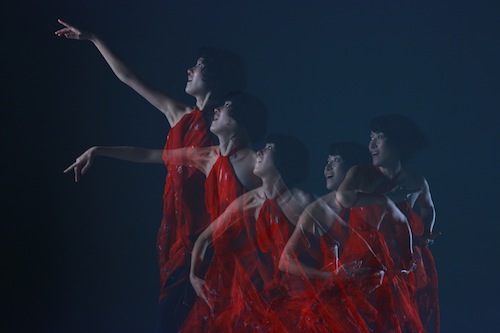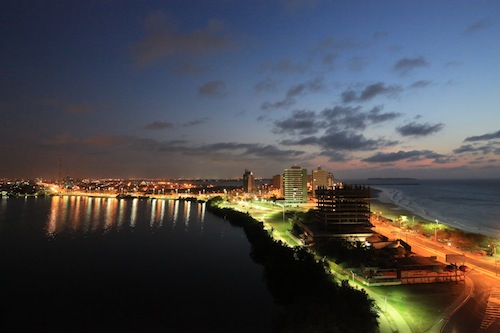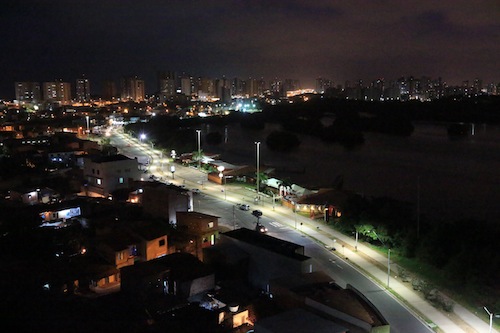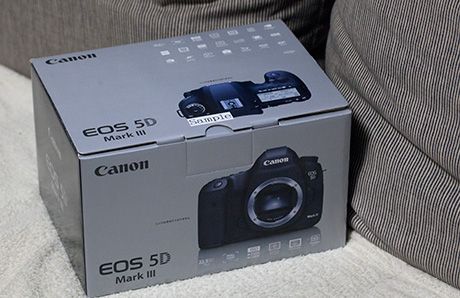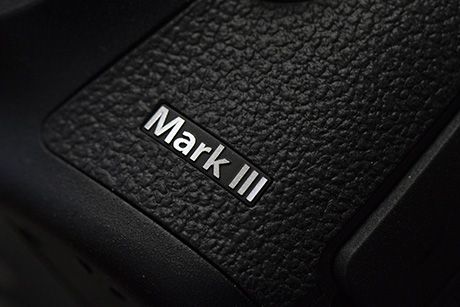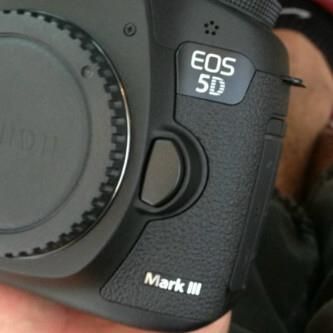Adobe Lightroom 4 Review
You probably already know that Adobe released Lightroom 4. I am a big fan of LR, using it since the first release.
DPreview published a review about the latest release (click here). And they are more than positive about the new tweaks and features (me too, as far as I can tell having played around with the LR 4 public beta).
One of the most acclaimed tweaks in LR4 is the new Process Version (PV 2012), that’s the underlaying image processing engine.
PV2012 stands out by introducing a redesigned and recalibrated set of the Develop module’s Basic panel tools, along with more localized editing options. Simply put, PV2012 is of huge consequence for every serious Lightroom user. Its changes are significant and will have a direct effect on your editing workflow.
For what I have seen using the public beta, the new PV is definitely more usable, especially for adjustments of shadows and highlights.
From DPreviews conclusion:
Lightroom 4 is a substantial upgrade and for many users will represent a significant change from their current Lightroom workflow. Yet it does not take long to get the hang of the changes to the Develop module, for instance, and after processing dozens of images in PV2012, I find I am consistently getting pleasing results in fewer discrete steps.
and
For many (myself included), the use of Lightroom is based first and foremost around image quality. Adobe can add all the bells and whistles they want in order to keep pace with the competition, but I have to be able to get great looking results from my raw files. With version 4 it’s clear that the Lightroom team has kept its eye on the prize, so to speak.
The raw conversion engine introduced with PV2012 strikes a better balance between image sharpness, detail rendition and noise reduction. A new, automated CA correction tool works impressively well on a range of images. And the addition of more localized adjustment parameters saves some trips to Photoshop. Put simply, you can get superior results from raw files compared to previous versions. It’s hard to think of a more compelling reason to upgrade than that.
Adobe Lightroom 4 will have a retail price of $149, but there are student versions and other options.
Adobe Lightroom 4 B&H Photo, Adorama, Amazon USA, Amazon Canada, Canon Canada, Canon USA [via dpreview]


